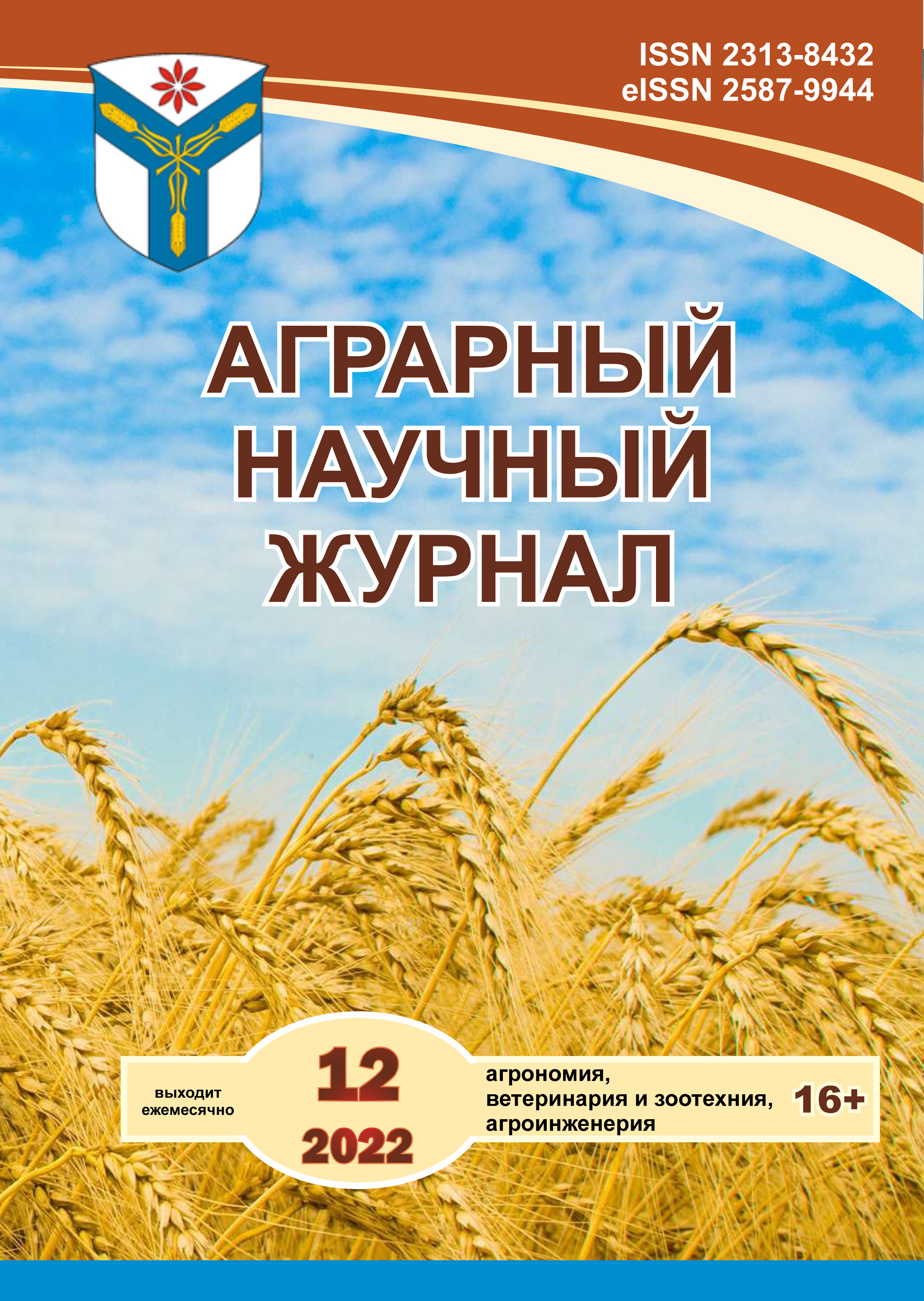Innovative methods of restoration by bac-teria, which secrete calcium, overgrowing microcracks
DOI:
https://doi.org/10.28983/asj.y2022i12pp77-81Keywords:
building materials, hydraulic structures, self-healing concrete, bioconcreteAbstract
Innovative building materials are considered, allowing the use of new design solutions and the construction of durable structures that meet technical requirements and aesthetic requirements. The main properties, characteristics, objects and methods of application of hydraulic concrete and self-healing concrete are described. Self–healing concrete is a new stage in the development of building materials. The new self-healing concrete differs from classical recipes by adding fungi and bacterial spores to the composition, which can survive in alkaline conditions and give new properties to the building material. From the analysis of literary sources, we came to the conclusion that the long-term operation of various hydraulic structures is affected by water and the environment. All these factors lead to a decrease in the structural strength of hydraulic structures. A new self-healing material is needed in places where the production of minor repairs and regular inspection of the condition of structures is impossible: underground construction; underwater construction; high-rise buildings; bridge-type transport structures. Another advantage of new generation building materials is the possibility of budget savings, since there is no need for constant minor repairs of structures. The purpose of this work is the research and development of technology for the production of self-healing concrete modified with a micro-biological additive. In accordance with the goal, we analyzed the physical and mechanical properties of concrete and other cement composites, ways to improve them, studied damages and defects that reduce the durability of reinforced concrete structures, the process of structure formation, as well as ways to repair and restore them. Based on the analysis, a technology for creating industrial-scale concrete modified with a microbiological additive and self-healing structures is proposed. This area of research is very promising; the potential profit from the use of such concretes in hydraulic structures is huge.
Downloads
References
Ерофеев В.Т., Дергунов А.В., Аль Дулайми С.Д.С. Исследование биобетонов и их применение // Наукоемкие технологии и инновации. Сборник докладов международной научно-практической конференции, посвящ. 65-летию ВГТУ им. В.Г. Шухова. Белгород, 2019. С. 56-59.
СП 41.13330.2012 «СНиП 2.06.08-87 Бетонные и железобетонные конструкции гидротехнических сооружений». М., 2012.
Интеллектуальные композиты и их использование для получения самовосстанавливающихся бетонов / В.Т. Ерофеев [и др.] // Транспортные сооружения. 2019. № 4. Режим доступа: https://t-s.today/PDF/12SATS419.pdf (доступ свободный). Загл. с экрана. Яз. рус., англ. DOI: 10.15862/12SATS419
ГОСТ 18105-2010 Бетоны. Правила контроля и оценки прочности. М., 2010.
ГОСТ 47-95–53. Гидротехнический бетон. Общие требования. Режим доступа: https://docs.cntd.ru/document/1200096339.
Бактерии для получения самовосстанавливающихся бетонов / В.Т. Ерофеев [и др.] // Транспортные сооружения. 2018. № 4. Режим доступа:https://t-s.today/PDF/07SATS418.pdf (доступ свободный). Загл. с экрана. Яз. рус., англ. DOI: 10.15862/07SATS418
СП 52-101–2003. Бетонные и железобетонные конструкции. Без предварительно напряжения арматуры. М., 2003.
СНиП 52-01–2003. Бетонные и железобетонные конструкции. Основные положения. Бетоны. Материалы. Технологии. Оборудование. М., 2014.
ГОСТ 13015–2003. Изделия железобетонные и бетонные для строителя. Общие технические требования. Правила приемки, маркировки, транспортирования и хранения. М., 2003.
Туманов, А. Бетонные и железобетонные конструкции: учеб. пособие. Ростов н/Д., 2013. 141 с.
Кодзоев, М.-Б.Х., Исаченко С.Л. Самовосстанавливающийся бетон // Бюллетень науки и практики. 2018. Т. 4. № 4. С. 287–290.
Оценка перспектив применения самовосстанавливающихся материалов и технологий на их основе / Н.Н. Ситников [и др.] // Перспективные материалы. 2018. № 2. С. 5–16. DOI: 10.30791/1028-978X-2018-2-5-16.
Жукова Г.Г., Сайфулина А.И. Исследования применения самовосстанавдивающегося бетона // Construction and Geotechnics. Пермь, 2020. Т. 11. № 4 (2020). С.58–68.
Ушакова В.Е., Пестрякова В.А. Инновационные виды бетонов // Актуальные проблемы строительной отрасли и образования: сб. докладов Второй Нац. науч. конф. М., 2022. С.198-203.
Колчина, Т.О. Биобетон – новое поколение самовосстанавливающихся бетонов // Безопасный и комфортный город: Всерос. науч.-практ. конф. Орел, 2018. С. 102–105.
Ященко С. О., Адамия Д. Д. Перспективные материалы в строительстве // Актуальные проблемы и перспективы развития строительного комплекса : сб. статей Междунар. науч.-прак. Конф., Волгоград, 03–04 декабря 2019 года. Волгоград, 2019. С. 309-313. – EDN ATEJCZ.
Jing Xu, Xianzhi Wang, Junqing Zuo, Xiaoyan Liu. Self-Healing of Concrete Cracks by Ceramsite-Loaded Microorganisms // Advances in Materials Science and Engineering. Р. 1–8.
Mechtcherine V. Application of superabsordent polymers in concrete construction // RILEM State of the Art Reports 2. Springer. 2012.
Downloads
Published
Issue
Section
License
Copyright (c) 2022 The Agrarian Scientific Journal

This work is licensed under a Creative Commons Attribution-NonCommercial-NoDerivatives 4.0 International License.








